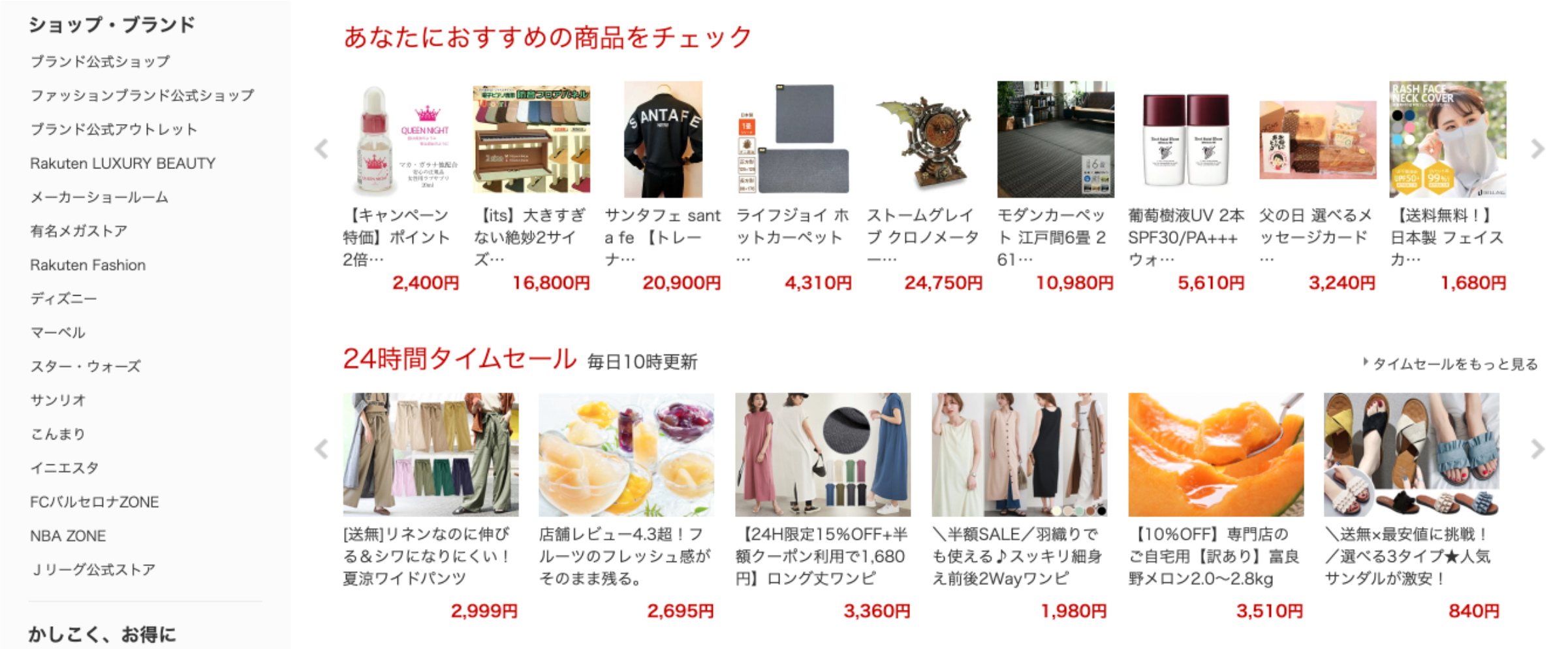So you’re ready to begin the process of expanding your brand into the Japanese market by translating your website. Is it really just as simple as translating your current content? The short answer is no. To be successful in a new market, you must consider the localization of graphic design as well. Marketing internationally requires much more than just language translation. Make sure you know the standards and expectations of Japanese web design.
What are the dos and don’ts of Japanese web design?
Many businesses start their international brand expansion journey by just translating their website into Japanese and expecting that changing the language will be enough. However, just as language has localization, so does design. Japanese people do not trust foreign websites that don’t have a design that is familiar, or attractive to them.
- Japanese web design trends
- Large portions of text
- Very little empty space
- Smaller, low-quality visuals
- Large amounts of information squished into small spaces
- Contrasting, bright, and flashy colors
- Use of older devices and technologies

Take a look at this Japanese shopping site for example. The first thing to notice is that they promote a lot of payment options and discounts using points… Oh yes. Japanese people LOVE points. Foreign businesses 100% should consider adding a point system for Japanese customers. It’s a service that Japanese shoppers expect and a great way to promote repeat business.

There is also a lack of accurate retargeting. I don’t know if I am shopping for women’s fashion, melons, or carpets. The organization of the website as a whole is very hard to understand and from a Western point of view, it is very unattractive and difficult to use. There is too much information and it’s hard to view visuals. My eyes don’t know where to go and it makes me feel overwhelmed. There are even smaller pictures within the main visuals. Just trying to look at it will give you a headache. However, for Japanese customers, this is their standard and what they are used to. This style goes beyond the web to magazines and even brick-and-mortar stores and shopping centers.
Japanese websites focus less on aesthetics and more on the information. An advertisement for Western audiences typically focuses on bringing in an emotional connection or pleasing design elements. However, for Japanese people, giving as much data and information as possible is a more effective approach. Japanese customers are more inclined to purchase an item when they have more information to make a decision. (See “Japanese Web Design” and “Why Japanese Web Design Is So… Different”)
Consider your target
However, when considering this information, it is important to remember your audience. The style of web design and the shape of your brand’s localization strategy will change based on your target within Japan. If you’re targeting a younger audience, in some cases, it might benefit your brand more to go with a Western-style website design. On the other hand, if you are targeting an older audience, they tend to be more resistant to change, so it is better to format your website in a style that is familiar to them and their purchasing style. (Remember, Japan has a large and growing elderly population.) Your target audience could also lie somewhere in between.
Additionally, it’s always important to remember that an Asian country is not a target. You need to find the persona that fits your brand within that country.
To sum up
With every marketing strategy, it is always important to decide your market audience and their needs. This also includes Japanese and other Asian markets’ web design. There is no one-size-fits-all strategy, especially when talking about APAC and ACEAN market-oriented product branding. Creative marketing companies skilled with knowledge of Japanese and other Asian markets, like Mondo Marketing, are always great partners to help you create the best website, translation, and localization strategy for international brand expansion.
